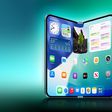It's been just over two weeks since the M4 iPad Pro launched, which means it's time for a longer term review of the updated OLED display, AI-focused processor, super thin design, and new accessories that include the Apple Pencil Pro and Magic Keyboard.
The design of the new iPad Pro is probably the best overall feature, and the drop in weight and thickness makes a difference whether you're traveling or just using the
iPad around the house. At 5.1mm, the 13-inch iPad Pro is Apple's thinnest device to date, and a tablet of this size and thickness continues to be impressive. Two weeks on, there's no hint of a "bendgate" thanks to
the reinforced rib that Apple included under the hood. There's an argument to be made that some people would have preferred a bigger battery to a slimmer design, of course.
Apple moved the front camera to the landscape side of the iPad Pro, and it's a small but notable change. If you use your iPad with a keyboard in landscape orientation but have had to awkwardly turn it to portrait mode for a FaceTime call, this is a tweak you'll appreciate. It's much more natural than treating the iPad like a giant iPhone.
The iPad Pro's OLED display has no competition. It is by far the best display that Apple has introduced in an iPad, and you won't find a better tablet display available from competing products, either. Apple used tandem OLED technology (basically stacking two OLED displays on top of each other), and the brightness and contrast are unparalleled. Movies look amazing, the iPad does well in bright lighting, and the HDR makes images pop.
Compared to the prior-generation iPad Pro with mini-LED display, the OLED display is better, but not so much so that it's worth upgrading for that alone. Coming from an LCD, though, the difference is much more notable.
The last iPad Pro with an M2 chip is incredibly fast, and the M4 is even quicker, based on benchmarks. You're not going to find much that's going to max out the M4 processor in day to day usage, but you'll see bigger numbers on benchmarking tests comparing the M4 iPad Pro to the M2 iPad Pro. Editing videos and creating songs in Final Cut Pro and Logic Pro is super fast with the M4, but it was also super fast with the M2. Maybe the M4 chip will shine when iPadOS 18 is updated with a slew of new AI features, but for now, it's overkill.
Apple nixed both the Ultra Wide camera and mmWave 5G in this version of the iPad Pro, and most people probably won't miss these features. Whether a 13-inch tablet needs any kind of rear camera is up in the air, and mmWave 5G speeds are still fairly limited in availability. Sub 6GHz 5G remains, and that's plenty fast enough for downloads, watching streaming content, and playing games.
As for accessories, the Apple Pencil Pro is basically the same as the Apple Pencil 2 but with a couple new tricks. You can squeeze to bring up menus so you don't need to go hunting for settings to do things like change line thickness or color, and there's a barrel roll feature that basically does things like vary line thickness when tilting the Apple Pencil so it behaves more like a real writing or drawing tool. Find My might be the most useful addition so you can track down the Apple Pencil if it goes missing, and Haptic Feedback is also nice to have.
The Magic Keyboard is way more Mac like thanks to that larger glass trackpad and the aluminum palm rest. The trackpad is more pleasant to use than before, and the function keys are also a big plus for controlling media, changing screen brightness, and more without having to dig into the Settings app or Control Center.
Unsurprisingly, the iPad Pro is without a doubt Apple's best iPad, and it's probably the best tablet on the market. The major downside is the price, with the 11-inch model starting at $999 and the 13-inch model starting at $1299. Those are Mac prices, and while the iPad's hardware is worth it, it's a lot to pay for the limitations that you're stuck with when using iPadOS. There are workflows out there that work with a tablet, but many people aren't going to be able to replace a Mac with an iPad.
You also have to shell out for the 1TB+ iPad Pro if you want maximum performance, as the 1TB and 2TB models have an extra CPU core (10 cores vs. 9 cores) and 16GB RAM instead of 8GB.
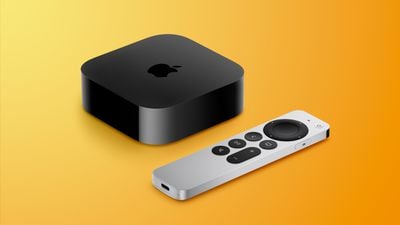


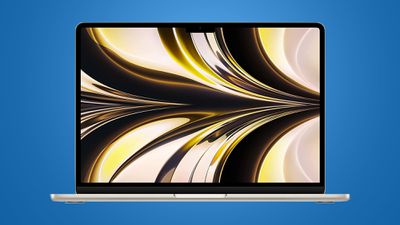 Note: MacRumors is an affiliate partner with some of these vendors. When you click a link and make a purchase, we may receive a small payment, which helps us keep the site running.
Note: MacRumors is an affiliate partner with some of these vendors. When you click a link and make a purchase, we may receive a small payment, which helps us keep the site running.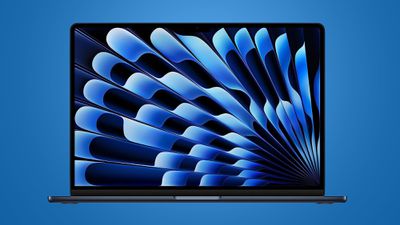


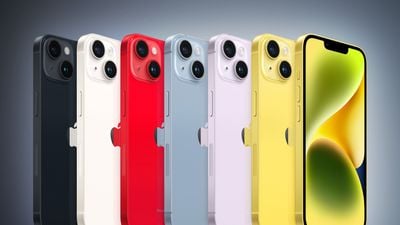
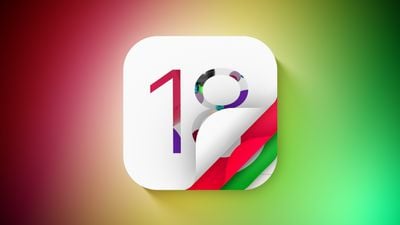
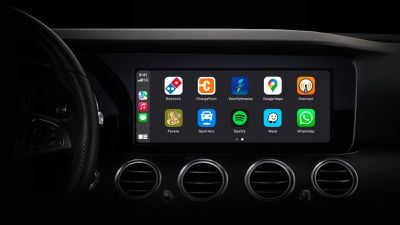


 Concept by
Concept by 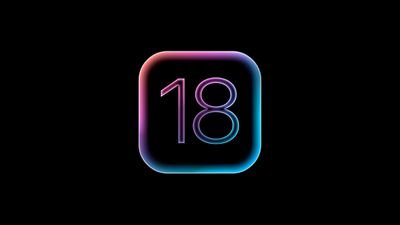




 Note: MacRumors is an affiliate partner with some of these vendors. When you click a link and make a purchase, we may receive a small payment, which helps us keep the site running.
Note: MacRumors is an affiliate partner with some of these vendors. When you click a link and make a purchase, we may receive a small payment, which helps us keep the site running.




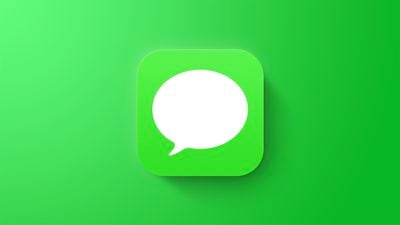
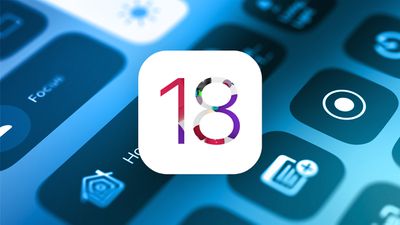
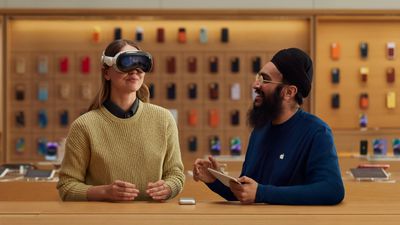
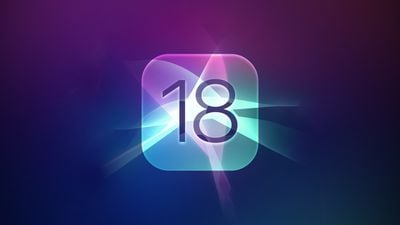

 Note: MacRumors is an affiliate partner with Amazon. When you click a link and make a purchase, we may receive a small payment, which helps us keep the site running.
Note: MacRumors is an affiliate partner with Amazon. When you click a link and make a purchase, we may receive a small payment, which helps us keep the site running.












